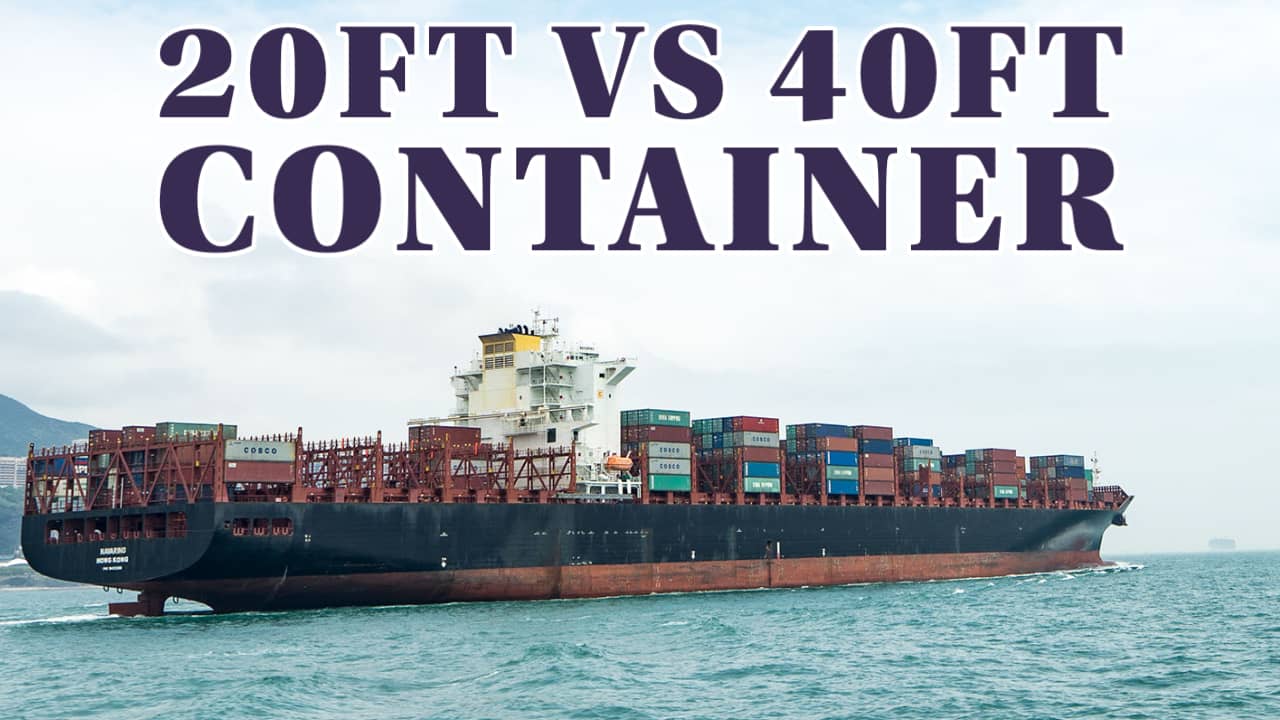
True Costs to Import 20ft Container to NZ (How to Save Money)
20-minute read (42-minute watch)
Max: If you want to learn more different business tactics, tools and how to import or export goods to New Zealand then start now by subscribing to our YouTube channel .
Alex: You want to bring a 20-foot container from any country to New Zealand, where do you start?
Watch full YouTube episode below
Max: First of all Alex, let’s point out a picture and it’s really important for you to realize that your situation is gonna be different to another business.
It’s gonna depend on the amount of shipments you’re gonna have per year because the more shipments you have per month obviously the cheaper it is.
And it’s gonna depend on the type of goods you’re gonna import. Why does it matter what type of goods you import?
Alex: It could be timber or it could be fragile goods, could be dangerous goods and all these types of goods, they have different surcharges on top of them.
Max: Today we’re gonna talk about a general dry commodity, for example, it could be furniture, tires, appliances, electric appliances. Anything which doesn’t require extra handling or extra care.
Alex: If you do have a different type of good, then you will think that yours might be, or your cargo might be special, talk to us later and we will be happy to explain it all after the online chat.
Max: And by all means, if you have any questions, feel free to type them now in the comments on YouTube and we will be happy to answer.
The other important thing for this talk, is that the rates will depend on the exchange rate and whether it’s a peak season or off-peak season.
Alex: For example, NZD = 0.72 USD for the sake of this exercise. It might change quite rapidly but we will try to base it on this exchange rate.
Max: If you import any goods right before the holiday season like Christmas, New years, expect to pay double, at least 10 to 20% because there will be huge demands on space. The other peak season is when?
Alex: Yeah it could especially in different countries, it could be peak season for some types of fruit.
For example, there’s gonna be a lot of fruit containers coming in, so they will be filling the space and because those type of goods, they’re usually shipped in freight containers and freight containers are much more expensive than dry containers.
The priority will always be given to perishable goods rather than dry.
Max: Another popular season is China holiday which starts in March, February. You have to start booking in January if you want to get space before China closes down.
Another assumption for today’s talk is that we’re gonna discuss FOB shipping terms, which means that your supplier will be responsible for all the local charges in their own country and you will be responsible for ocean freight from the closest port to your closest port in New Zealand.
Alex: I’m an importer and let’s start from the closest neighbor, say Australia and I want to import a 20 foot container of general cargo from Australia to New Zealand. Where do I go and what do I expect to pay? 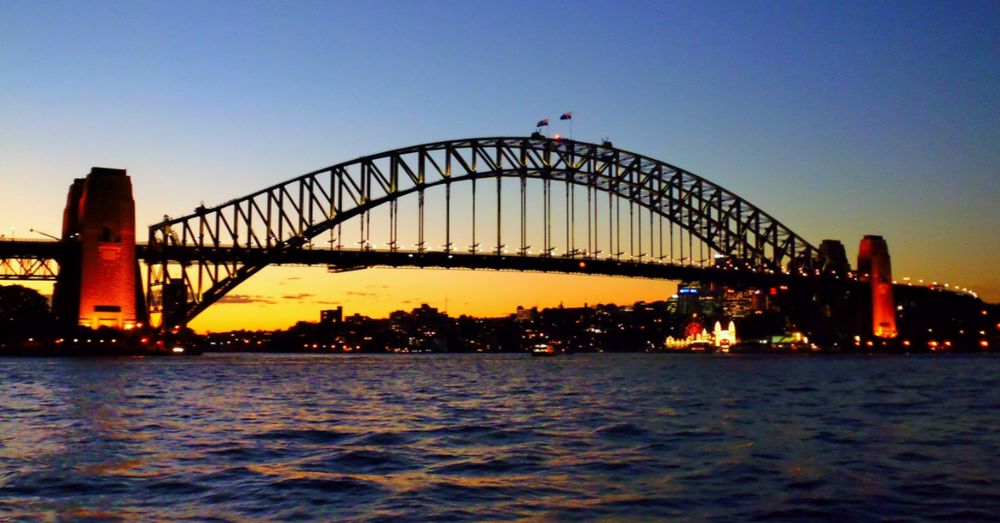
Max: Talk to a local company in New Zealand and get at least three quotes.
Alex: Right, by a local company you mean what kind of company?
Max: Like a freight forwarder or a customs broker, because if you’ve never done it before, you want to get all the possible information and a local freight forwarder is like a travel agent, they’ll know all the import requirements, they’ll know all the tips and tricks and all the hidden costs.
Alex: Would a shipping line be a good choice?
Max: You can try, and see whether they will be able to give you a price. However, they don’t have customs brokers in many cases, so they won’t be able to tell you how much you gonna pay in taxes, what are the requirements for goods.
By all means, give it a go, but you’ll see it for yourself that they won’t give you the full service that you want.
Talk to at least three companies in New Zealand, get the full price, get the full break down.
We’re gonna talk about other countries, Australia, Asia, the States and Europe, but we’re gonna start with Australia first. We gonna discuss three major ports in Australia, they will be Sydney and Melbourne.
And you want to send the container to three major ports in New Zealand, Auckland and Christchurch. The rates are gonna be very similar and expect to pay 450 US dollars for one 20 foot container.
That’s just the ocean freight from port to port. It doesn’t include any local fees in Australia. Once again I repeat, your supplier in Australia will have to organize the trucking, export clearance, loading to the closest port in Australia, whether it’s Sydney, Melbourne or Brisbane.
Alex: Are there any restrictions on how big my cargo can be, how much can fit into the container?
Max: Yes there are restrictions in terms of weight, so you expect about 22 tons of weight just of the goods itself, because you have to allow for the weight of the container, around three tons, because you’ve got road weight limitations.
You can go higher, but you will have to pay extra fees. Say if you go over 24 tons, you’re gonna pay at least extra 100 New Zealand dollars, a surcharge in New Zealand. The ocean freight will be the same but there will be surcharges in New Zealand.
Alex: Once again, it’s better to consult with someone, with a professional before loading the container.
Max: There is a structural limit to the container and once again different shipping line, they’ve got different containers, so talk to the freight forwarder they can accommodate you with whatever you want to ship.
Alex: What’s the transit time from Australia?
Max: It’s gonna be at least seven days, port to port. I would allow at least seven days, maybe even 10 days if you want to be safe, if you’ve never done it before.
Alex: That’s just for the deep sea transportation.
Max: Yes. Seven days roughly because you have to always allow the delays. Weather delays, mechanical delays, port strikes like what’s happening right now in Christchurch so I would say seven days.
Once it arrives at the major ports in New Zealand, what’s the next step, what you have to do as an importer?
Alex: I would guess I will have to pay some destination charges and the container must go through a certain procedures to be unloaded, handled and packaged, and customs cleared. 
Max: Yes, but you have to start your work before it arrives in New Zealand because sometimes New Zealand customs is very busy, so we suggest to submit all the customs documents, I mean you can submit one day before it arrives but the sooner, the better.
Seven days is better than one day before it arrives. Two weeks is better than seven days.
Alex: Right, you can’t do two weeks because there’s only seven days transit time so you will have the documents one week before the arrival date.
Especially with Australia, you have to be very cautious and careful and try to speed this process up as much as you can, especially if you’re dealing with original documents, you have to organize the courier of original documents as soon as possible.
Max: New Zealand charges for a 20-foot container once the ship arrives for example, at Auckland port, you’d have to unload it from the ship, do the customs clearance, pay the shipping line document fees and move this container out of the port to a customs bonded warehouse.
And this process would cost you anywhere between 1100 dollars to 1200 dollars, but we will take 1100 New Zealand dollars.
Max: That includes, New Zealand port fees to unload the container from the ship, put it in the ground, customs brokerage fees if it’s a simple once again general cargo.
Alex: Does that include any tax?
Max: No, it doesn’t. Then the document fees and to hire the truck to move the container from the port to a customs bonded warehouse.
Once again that assumes that you got your storage facility because you can book your storage facility that has customs bonded license and then you can unload it.
And then you can unload it together with an approved officer and save some costs here. If you’re gonna do as much work as much labour as you can yourself, by all mean,s, you can hire a freight forwarder to move the container to the port to their warehouse, to a third party logistics warehouse but you’ll have to pay extra 400 New Zealand dollars to unload it.
And then you’d have to once again hire another truck to move these pellets from third-party warehouse to your warehouse.
Alex: I can’t take the container out of the port and put it in my back yard, can I?
Max: No, because New Zealand’s customs is very strict with what’s coming in and they want everything to be checked by licensed and approved people.
Alex: Why can’t they do it at the port?
Max: Well they can, but you’re gonna pay extra because it’s more expensive to do anything at the port. You can unload it at the port but you’re gonna pay at least 20 to 30% more.
Alex: Once the container in New Zealand you pay 1100 dollars, and we got our goods un-packaged and delivered to the door?
Max: No. For 1100 dollars, the container will travel from the port to your customs approved and MPI-approved warehouse.
Alex: There’s no trucking, is there?
Max: It includes only hire of the truck to move it from the port to your customs approved and MPI-approved warehouse, and then you can unload it yourself.
You have to have a license from MPI to do that but you can get it, you just have to pay some extra fees. So what’s next?
Max: Are you gonna pay import taxes in New Zealand, how much? Say for NZD 10,000 worth of goods. Alex: Let’s stay away from the numbers for now. So basically there are two types of tax in New Zealand for the import of the goods. First one is the duty.
Alex: Let’s stay away from the numbers for now. So basically there are two types of tax in New Zealand for the import of the goods. First one is the duty.
Duty is currently slowly phasing out and there are lots of preferential duties and on many types of goods from many countries, you don’t have to pay a single dollar of duty these days.
There are actually more and more concessions coming for that so I’d expect that in few years time there will be a very few goods which would require you to pay duty. But for now lets say for Australia, you don’t have to pay any duty on any types of products made in Australia but if you shipping something from Australia which was made in a different country, you would probably have to pay from 5% to 10% duty of, and it’s 5% to 10% of the cost of the goods.
That’s the first type of tax you have to pay upon importation. The second one is GST which is a common tax which is paid for all the goods in trade, and it’s 15%.
You will have to add your cost of the goods, add to freight, add some duty and then combine cost multiplied by 15%, that will be your GST.
Use this NZ Customs tool to calculate that sort of charges and whether you have to pay the charges or not and what kind of charges you have to pay.
Of course, if you could be very specific and their website is very generic again, but that’s why you need the customs broker, and that’s why you have a customs broker to consult with him, preferably way before you ship your goods to New Zealand.
Max: What if I import alcohol?
Alex: If you’re importing alcohol or tobacco, there would be a different type of tax called excise duty, and as we agreed before, we did not want to discuss anything out of the ordinary. So once again if you have a question about it, we will most happy to help you aside from this talk.
Max: It’s important to remember that we are gonna talk about the general type of goods because there are a lot of hidden costs that you want to find out before you pay your supplier and before you make a commitment. Talk to your local freight forwarder.
Aled: Let бу add something, once again we just discussed customs requirements and customs fees, so there might be some fees from a range of different organizations and they all, now they’re all under one umbrella in New Zealand called Ministry of primary industries .
But that ministry combines a lot of other smaller ministries inside of it and your goods might be the subject of for example environmental authority interest and you would need some kind of permits or some kind of special treatment done to a container to the goods.
Or your goods could be subject to medical safety or food safety, and these are all different types of authorities or forestry and agriculture ministry.
These all different types of goods which do require different types of treatment, certification and the charges will be very different from one commodity to another.
For general cargo, all you need to know is you have to go through two major departments in government departments, New Zealand customs and MPI.
So if all goes well, this part of the import only costs you a tax plus 50 dollars of customs transaction fee.
Max: Please subscribe to our YouTube channel and join us every week because we’re gonna deliver interesting information with different insights.

The next … wait, we haven’t discussed one of the extras. What about insurance? So that would be an extra fee for insurance?
Max: Good point. Yes, insurance. Cargo insurance is a document which protects your cargo if an accident happens and in many cases, if you import general cargo, it’s going to be minimum roughly 200 New Zealand dollars, for the full container, or allow 1% of the total insured amount.
So for example, if you import 50000 dollars worth of goods, roughly it’s going to be 500 New Zealand dollars.
You can negotiate cheaper prices, for example if you increase your excess to 1000 dollars, maybe you’re gonna pay 300 New Zealand dollars, 400 New Zealand dollars for the insurance premium for the same value of the goods for 50000 dollars.
Alex: Who do I go and ask for the insurance? Can I go to a supplier directly?
Max: Yes, there are three ways to get the insurance from the supplier, directly from the insurance broker or from the freight forwarder. So once again get quotes and compare.
We offer insurance to our clients, you can buy insurance from oversea supplier but in our experience, people don’t get the required services, especially when something does happen and you get some goods damaged in New Zealand and the insurance was done overseas.
I don’t think you going to get any money because the agent if it’s based somewhere, I’m not going to name any countries, but if they don’t have a local office in New Zealand, first of all, you could have problems.
Alex: Breakdown in communication, just lack of customer service, misunderstandings, some requirements that didn’t know about, which were not explained to you correctly and you can’t talk through it because the insurance company is based somewhere.
Max: And they could be speaking a foreign language. I mean yes you’ve saved money on the insurance premium, instead of paying 200 dollars, you’ve paid 50 dollars, but then isn’t actually working. Have you ever actually seen the insurance certificate and have you read it?
Does it cover all risks or is it just limited? Be careful with what you buy, make sure you read the certificate, you read the policy and I know many people won’t read the policy but at least read the summary.
Get the summary, ask your insurance broker to explain what are the main things.
What if I import general cargo and it got some wooden pallets, wooden crates. What could be the extra costs?
Alex: Wooden pallets or wooden crates or any other wooden goods themselves could a subject of fumigation.
New Zealand government is very cautious about nasty things coming into, in our country, by this I mean could different insects, soil, some plants nasty plants and that sort of stuff.
Chances are if you bring something of wooden nature of wood or timber in it, it will be a subject of agriculture and forestry authority. Once again also talk to the broker, and he will advise you what has to be done in advance.
You can do a fumigation in your own country, make sure that the wooden packages are stamped with proper mark and as far as I know the standard is ISPM15
Make sure it’s done and that will reduce the cost, reduce the probability of inspection, but if MPI requires you to do fumigation or cleaning or any sort of treatment of the goods, you have to do it by law and that would be at your own cost and these costs can go from a couple of hundred dollars to thousands of dollars.
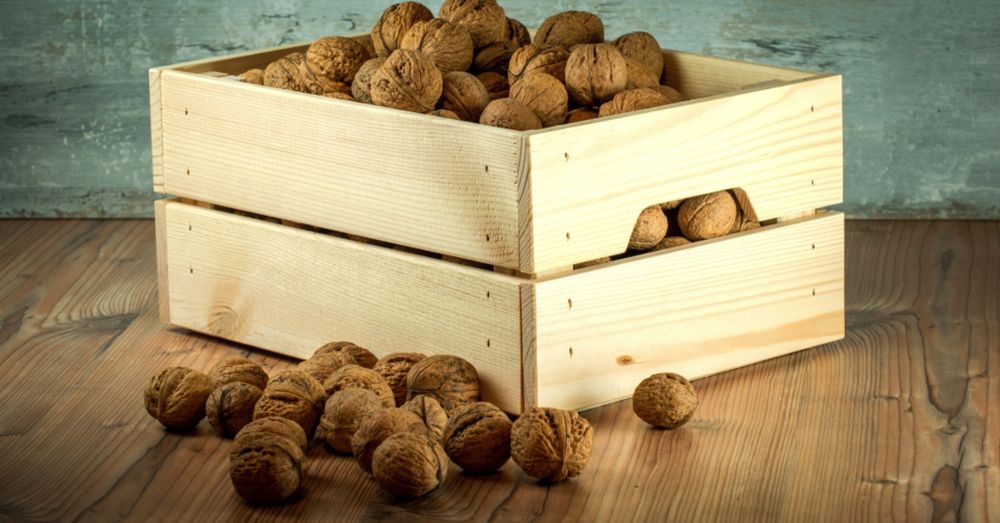
So it’s better to do your homework well in advance and if you think that your goods might be the subject to the requirement for MPI clearance, then definitely discuss it before that, before the goods are here in New Zealand.
Max: Especially if you registered the company recently and this is your first container because from our experience, the government tends to treat this kind of importers as a high risk and you will have a high chance of being randomly inspected.
Whether it’s X-ray in the port which once again you’re gonna pay extra NZD 300 for X-ray port movements etc
Alex: It’s more talking about the customs side. If it’s MPI, then once you import timber, it’s imported timber, so there are no exceptions if you’re importing timber for 10 years or if it’s your first shipment.
But with the customs, yes you’re right 100%. If you only just registered, then you will be the subject of customs inspections, maybe first three to four times.
MPI will inspect your container always when you don’t have enough documents to meet the requirements for the goods.
So if the all documents are done correctly and by law, they don’t have to inspect the goods, you are only inspected if something is missing.
But in many cases, there’s a compulsory requirement to inspect the cargo. Like these days there’s a scare of a bug from Italy and US, so they MPI will inspect 100% of cargos coming from those countries. It doesn’t matter what kind of documents you present to them.
So just be aware of that, and you’ll only know that if you talk to a specialist.
Max: One common mistake that we see importers do is that they don’t get the quarantine declaration done by the supplier and it has to be done by the supplier or the company that’s making the container.
If you don’t do it soon enough in advance, and your not going to present them to the MPI by security, chances are that your container will be inspected and you gonna pay at least 400 dollars for the warehouse handling fees, MPI officer inspection time
Alex: When you ask any broker or any shipping agent about the quote, they usually come up with a long list of different types of charges.
So, why are there so many charges and why don’t they have just simple as one fee?
Max: 10 years ago they had even a bigger shopping list, so it’s getting better, but yes I agree, its not easy even for me sometimes when you get different quotes from different shipping lines, it could have different currencies, different surcharges, different terms and conditions, different adjustments, different exchange rates.
The reason for this because when it travels from far away, you will have a lot of different shipments, you’ll have a lot of different surcharges, and all of them could change depending on peak season, and it’s gonna depend on the demand and global fuel prices, so there will be a lot of adjustments.
Alex: there are no firm figures, so tomorrow this figure will be different, this whole thing will be different.
Max: Not tomorrow, but probably next month, they change slightly every month. And the reason you see the big shopping list is for the transparency.
So you can see if the exchange rate went down or up by 10 cents, you see the total, the bottom line has changed, you will see that ocean freight was the reason.
Alex: When I’m given a quote, for how long is it valid?
 Max: In many cases, read the terms and conditions of your proposals. Sometimes it will stay seven days; sometimes it will say 14 days, sometimes it will say until the end of the month.
Max: In many cases, read the terms and conditions of your proposals. Sometimes it will stay seven days; sometimes it will say 14 days, sometimes it will say until the end of the month.
Alex: Another question is how many days do I have to allow for the container to go through all these local areas of different clearances.
Max: You got seven days from Australia to the major port in New Zealand, then I would allow a couple of days for booking moving the container from the port to your warehouse.
So that’s nine days, and that’s about it. If you’ve done all your homework, if you’ve done all your port paperwork correctly, then you shouldn’t have any delays unless you’ve got any customs or MPI inspections, then it’s going to be very straightforward.
I don’t know how many days it’s going to take to unload the container, maybe within one or two days, so within 10 days you most likely will get your goods if everything is done right.
Alex: The total of freight and New Zealand charges is around 1800 NZD but then you have your taxes, and then we have insurance and possible treatment charges.
Max: It’s very hard to say what will be the extra fees, hopefully nothing will occur in your situation if you’ve done everything properly obviously you pay the taxes.
There’s a bonus, I know we are talking about a 20 foot container but it’s quite easy to budget for a 40 foot container. You simply multiply this figure 1800 dollars by 1.7 and you get an estimate for a 40 foot container, so for example, if it’s 1800 so it’s around 3000 New Zealand dollars for a 40 foot container, minimum.
Alex: 40 foot is twice as big as 20 foot. But why it’s not times two, just 1.7?
Max: Because there is the same amount of work required by the shipping line, you just have to pay obviously a bit more for space, that’s why you pay 70%, not 100%.
If we talk about the next most popular origin that would be Asia and mainly that will be China. All the major ports in China, they expect to pay similar costs around 950 US dollars.
It’s extra 500 US dollars. To keep it simple, if you take all the discussed prior costs and add 500 US dollars, that’s how much it’s going to be for you to import one 20 foot container of general goods from any major sea ports in China to Auckland, Tauranga, Christchurch.
Max: How much will it be in total? Did you work out? 950 US dollars, that’s 1400 NZD, so it’s 2500 NZD roughly.
 Max: that’s a 20-foot container and a 40-foot container, times 1.7, 4300 New Zealand dollars, estimate. Once again, it’s gonna depend on how many containers are you planning to import during the year, and how difficult your commodity, how long is your packing list.
Max: that’s a 20-foot container and a 40-foot container, times 1.7, 4300 New Zealand dollars, estimate. Once again, it’s gonna depend on how many containers are you planning to import during the year, and how difficult your commodity, how long is your packing list.
Alex: Is there a way I can bring these costs down especially around.
Max: I would say always shop around, that’s the easiest and negotiate.
Get at least three quotes and the cheapest is not always the best, and the reason is if you get an offer from an overseas supplier, it doesn’t matter which country, you don’t get the full picture because, if they say it’s 1000 dollars to ship the container or 2000 dollars, whatever the price is, but they don’t break it down for you, so you don’t know whether it includes the delivery or customs clearance in New Zealand.
On top of that, there could be another middleman in New Zealand. You pay your supplier for shipping, and then there will be another middleman in New Zealand, another broker or another company that wants to collect extra fees for their service.
Alex: 20% on top of all these local charges.
Max: At least, if you’re lucky.
I would always, especially for the first time, at least once, unless you don’t know the full process use a local freight forwarder because you’re gonna be protected by the local law and you will get full breakdown without any hidden costs.
Alright, so we’ve discussed Australia, we discussed Asia, pretty much China, Asia, Vietnam, Thailand.
Alex: So they would be similar rates.
Max: Similar rates. 2000, two and a half thousand for the 20-foot container and how much did I say for a 40-
Alex: 4300 New Zealand dollars.
Max: The next would be Europe. Europe is not that much more expensive than Asia. I would say, add another 100 US dollars on top.
Alex: Which should come 1050.
Max: Yes. Once again the process is going to be the same. You going to ask me what’s the estimated time from the main major ports in China, that would be at least three to four weeks, and from Europe, that’s double, it’s 50 days.
Alex: 50 days, so it’s almost two months.
Max: Just add another 100 dollars I think it’s easier for you to work out, I’m not gonna convert it to New Zealand dollars.
That’s Europe, and now we’re going to talk about US West Coast.
Alex: West Coast this is the closest coast to New Zealand?
Max: Yes, Los Angeles.
Alex: So it would be cheaper to bring goods from West Coast rather than East Coast?
Max: 100%
Alex: Because of the difference in transit?
Max: from Los Angeles, Long beach budget around 1200 US dollars. Add 100 dollars on top.
Max: And East Coast, 1600 US dollars.
Alex: So that’s the most expensive rate.
Max: Well not the most, you can find more expensive rates in the States, there could be 2000, 3000 dollars but it’s New York.
I’m talking about New York on the East Coast, that’s one of the cheapest ports and but you can pay a lot more if you go inland or some other ports. For argument sake, I’m gonna convert 1600 dollars, you can convert it now. Do you wanna add any other ways of hidden costs, how to save money on hidden costs.
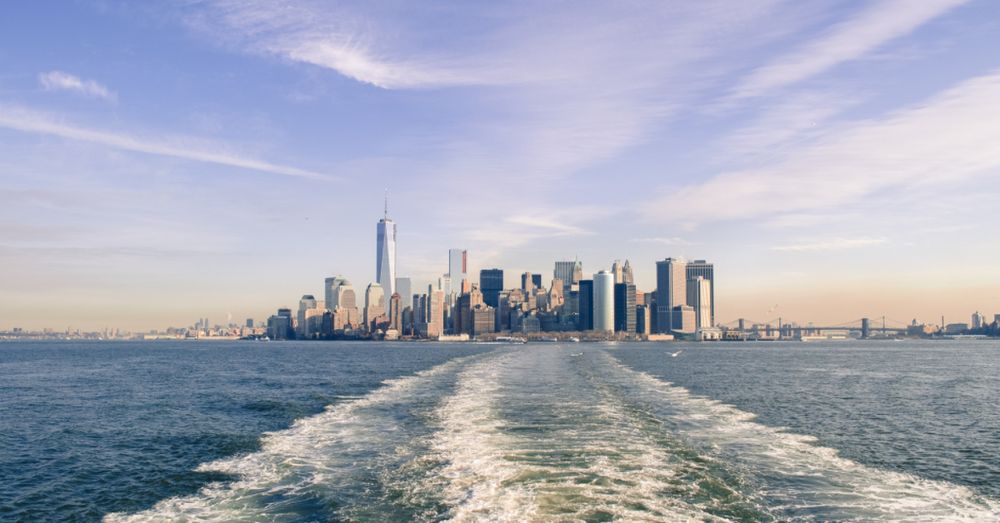
Alex: We’ve mentioned already, don’t let your supplier look after the freight, just do it yourself because most probably you will save a lot of money there, even though it doesn’t seem like it at the first glance, but you will find out there’s a lot of different of hidden fees when you left your supplier to organize freight.
One of the best advices we can ever give to our clients, go on FOB rather that CIF.
FOB it’s when you look after the freight and insurance and not your supplier and also look after the documents well, make sure they all correct, send them to your local forwarder or local agent a few days or weeks in advance so they can check them and they can give you a go or if there’s some amendments have to be done, do that.
And also do know the requirements, the treatment requirements for your cargos, because they might be very different and you don’t want those surprises to come up in New Zealand, because they can be in thousands.
Max: So I’ve converted 1600 US dollars at the current exchange rate, it’s gonna be roughly 3400 New Zealand dollars.
And then you add 1100 destination charges, and you have 4500 thousand dollars, oh you’re talking about the total.
So the total is 4500 dollars for the 20-foot container from the East Coast.
Alex: And for a 40 foot container?
Max: Around 8000 dollars for a 40-foot container.
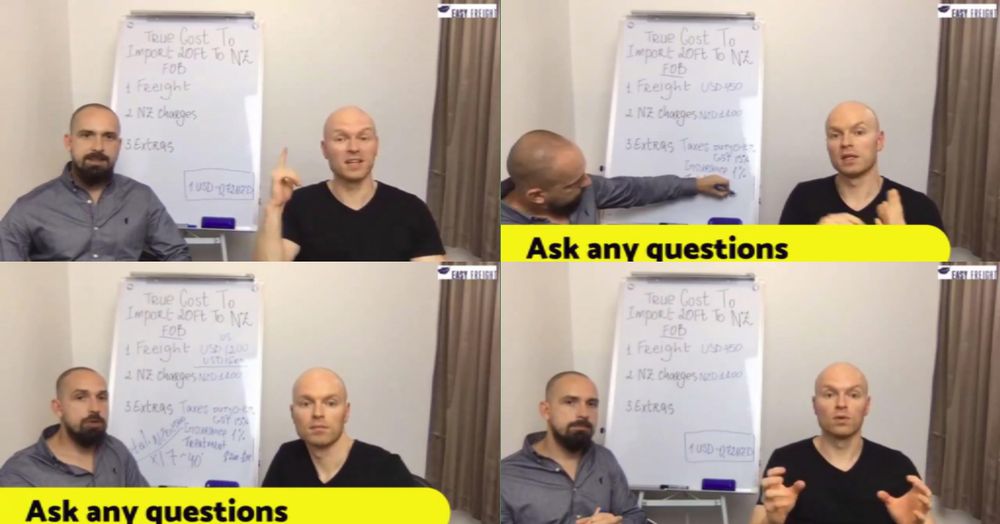
If you enjoy this information, make sure you subscribe to our YouTube Channel because next week, we’re gonna talk about some other business tools and tactics, how you can avoid problems and save time and money.
Thank you for your time my!
We’d love to answer any of your questions! Contact us now
P.S. Do you know of other people that will find this article useful? Please share it on social media. Thank you!
